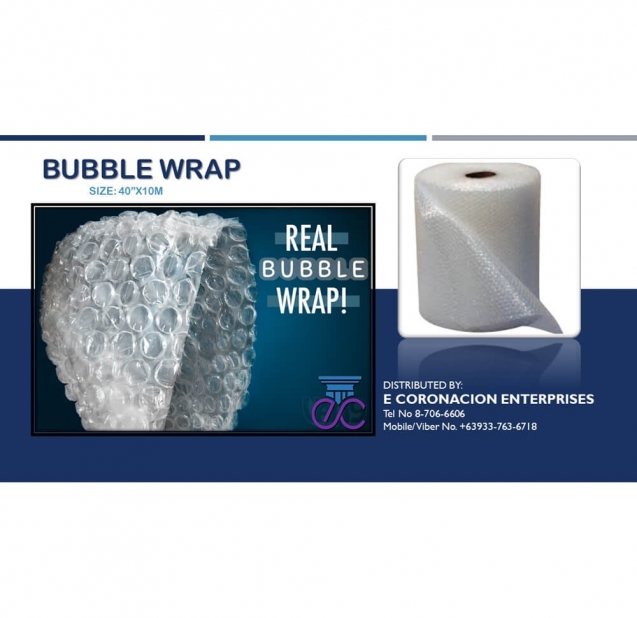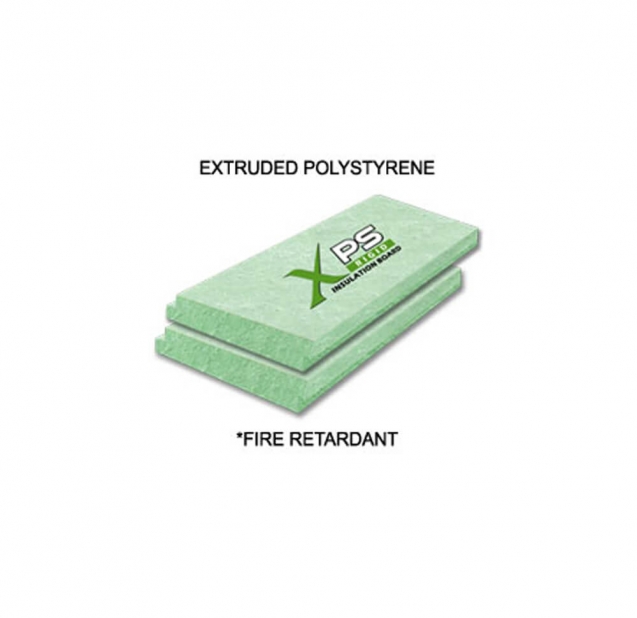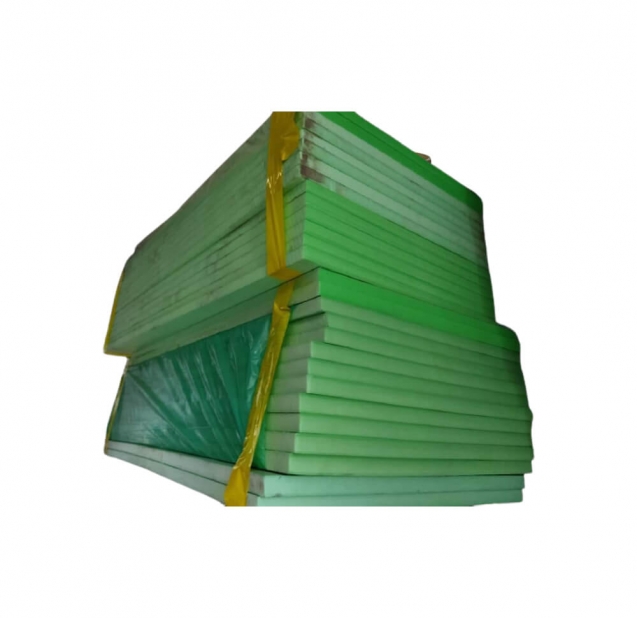Fiberglass Insulation
Fiber Glass Insulation Is Used In Air Duct System For Four Reason:
-
- Temperature Control – Delivery Of Heated Or Cooled Air At Comfort Levels Suited To Building Occupancy Requirements.
- Acoustical Control – Absorption Of Noise Generated By Central Air Handling Equipment And Movement Of Air Through The Ducts, As Well As “Cross-talk” Carried By Ducts From One Space To Another
- Condensation Control – Prevents Condensation In Or On Ducts When Installed R-value Recommendations Are Followed, Reducing The Likelihood Of Moisture Damage To Ceilings And Other Interior Finishes.
- Energy Conservation – Reduction Of Hvac System Operating Costs By Controlling Heat Loss Or Gain Through Air Duct Walls, Helping Systems Run More Efficiently. Hvac Systems Typically Operate With Internal Air Temperatures Between 40’f (4’c) And 250°f (121°c). Systems Operating Outside This Range Are Not Considered In This Guide, Except That Fibrous Glass Insulation Boards May Be Used In Systems Operating At Internal Air Temperatures Between O°f (-18°c) And 450°f (232″C).
( max temp. 340 c )
| PCF | KG/PC | |
| #1 16kg | 22mm x 1.2 x 7.5m | 9.00 |
| 1# 16kg
1# 16kg |
25mm x 1.2 x 15m
50mm x 1.2 x 15m |
18.00 18.00 |
|
2# 32kg 2# 32kg 2# 32kg 2# 32kg |
25mm x 1.2 x 2.3m 50mm x 1.2 x 23m 25mm x 1.2 x 15m 50mm x 1.2 x 15m |
2.76 2.76 18.00 18.00 |
|
3# 48kg 3# 48kg 3# 48kg 3# 48kg |
25mm x 1.2 x 2.3m 50mm x 1.2 x 23m 25mm x 1.2 x 15m 50mm x 1.2 x 7.5m |
2.76 2.76 18.00 9.00 |
Stands at or near the top of its class in virtually every meaningful category. When fiberglass is installed properly, you can rest easy knowing that you’re getting outstanding:
Performance – Fiberglass varies greatly in density and thickness, which means that its R-value (i.e. the term used to indicate an insulator’s effectiveness in resisting airflow) has a wide range as well. But at its best, fiberglass has an R-value of 4.3, good enough to match and even exceed most of its competition.Performance – Fiberglass varies greatly in density and thickness, which means that its R-value (i.e. the term used to indicate an insulator’s effectiveness in resisting airflow) has a wide range as well. But at its best, fiberglass has an R-value of 4.3, good enough to match and even exceed most of its competition.
Durability – In attics where ideal conditions are maintained, fiberglass can last up to 100 years without needing maintenance. This is a good 20 years longer than the staying power of the next most durable material.
Soundproofing – In addition to blocking airflow, fiberglass also has a knack for blocking sound. Even if you have loud neighbors or a heating and cooling unit that won’t shut up, fiberglass insulation ensures that the acoustics in your home stay sharp.
Eco-Friendliness – Fiberglass is composed of a combination of glass, sand, and other recycled materials, and naturally conserves non-renewable fuel sources. This makes it among the most environmentally friendly insulation product on the market.
Long-Term Value – Speaking of energy conservation, fiberglass has the capacity to conserve up to 12 times as much energy as it puts forth. Get ready to shave about 2/5 off of your utility bills!











Reviews
There are no reviews yet.